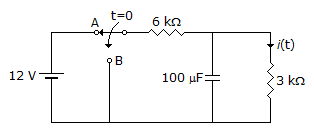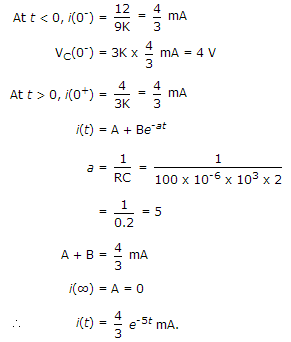Electronics and Communication Engineering - Exam Questions Papers
Exercise : Exam Questions Papers - Exam Paper 9
- Exam Questions Papers - Exam Paper 12
- Exam Questions Papers - Exam Paper 22
- Exam Questions Papers - Exam Paper 21
- Exam Questions Papers - Exam Paper 20
- Exam Questions Papers - Exam Paper 19
- Exam Questions Papers - Exam Paper 18
- Exam Questions Papers - Exam Paper 17
- Exam Questions Papers - Exam Paper 16
- Exam Questions Papers - Exam Paper 15
- Exam Questions Papers - Exam Paper 14
- Exam Questions Papers - Exam Paper 13
- Exam Questions Papers - Exam Paper 1
- Exam Questions Papers - Exam Paper 11
- Exam Questions Papers - Exam Paper 10
- Exam Questions Papers - Exam Paper 9
- Exam Questions Papers - Exam Paper 8
- Exam Questions Papers - Exam Paper 7
- Exam Questions Papers - Exam Paper 6
- Exam Questions Papers - Exam Paper 5
- Exam Questions Papers - Exam Paper 4
- Exam Questions Papers - Exam Paper 3
- Exam Questions Papers - Exam Paper 2
6.
The depth of penetration at 4 MHz is 10 cm, then at 2.5 MHz it is
Answer: Option
Explanation:
Depth of penetration
δ2 = 12.64 cm.
7.
The expression given is F(A, B , C, D, E, F, G, H) =  (33, 48, 102, 158, 222, 229, 233, 243, 255); then the __________ and __________ minterms are grouped together into dual and variable __________ is reduced using the dual
(33, 48, 102, 158, 222, 229, 233, 243, 255); then the __________ and __________ minterms are grouped together into dual and variable __________ is reduced using the dual
 (33, 48, 102, 158, 222, 229, 233, 243, 255); then the __________ and __________ minterms are grouped together into dual and variable __________ is reduced using the dual
(33, 48, 102, 158, 222, 229, 233, 243, 255); then the __________ and __________ minterms are grouped together into dual and variable __________ is reduced using the dualAnswer: Option
Explanation:
We use Quine - McCluskey method of reduction :

We can observe that minterms 158 and 222 can be grouped together to reduce the variable 'B'.
8.
Calculate i(t) for t ≥ 0 assuming the switch has been in position A for a long time. At t = 0, the switch is moved to position B.


Answer: Option
Explanation:

9.
A source produces 4 symbols with probabilities  ,
,  ,
,  ,
,  For this source, a practical coding scheme has an average codeword length of 2 bits/symbol. The efficiency of the code is
For this source, a practical coding scheme has an average codeword length of 2 bits/symbol. The efficiency of the code is
 ,
,  ,
,  ,
,  For this source, a practical coding scheme has an average codeword length of 2 bits/symbol. The efficiency of the code is
For this source, a practical coding scheme has an average codeword length of 2 bits/symbol. The efficiency of the code isAnswer: Option
Explanation:
Total information for L message is



Efficiency = .
.
10.
A generator of 50 Ω internal impedance and operating at 1 GHz feeds a 75 Ω load via a coaxial line of characteristic impedance 50 Ω. The VSWR on the feed line is
Answer: Option
Explanation:
ZL = 75 Ω
Zo = 50 Ω
∴ Reflection coefficient: 
∴  .
.
Quick links
Quantitative Aptitude
Verbal (English)
Reasoning
Programming
Interview
Placement Papers




